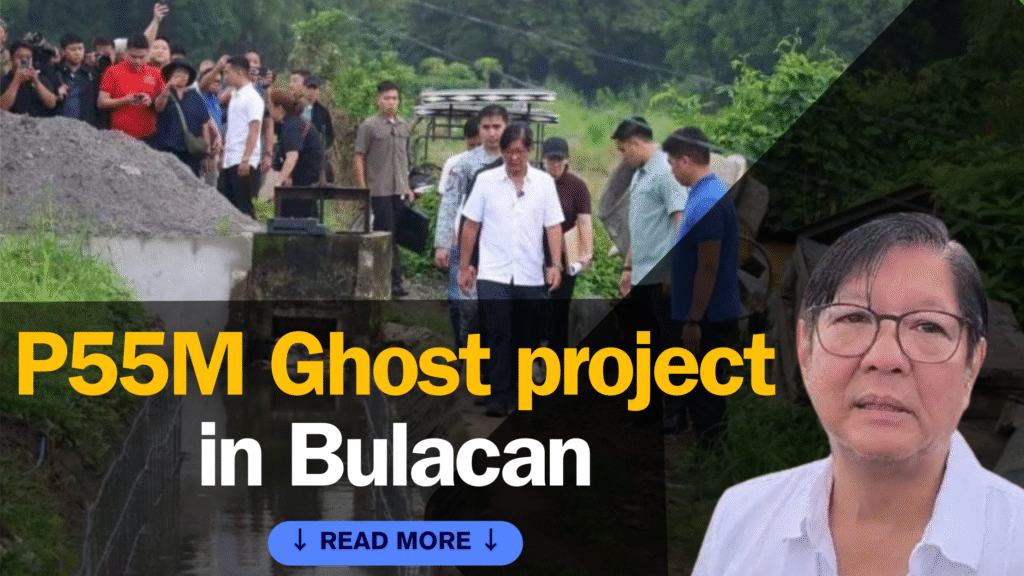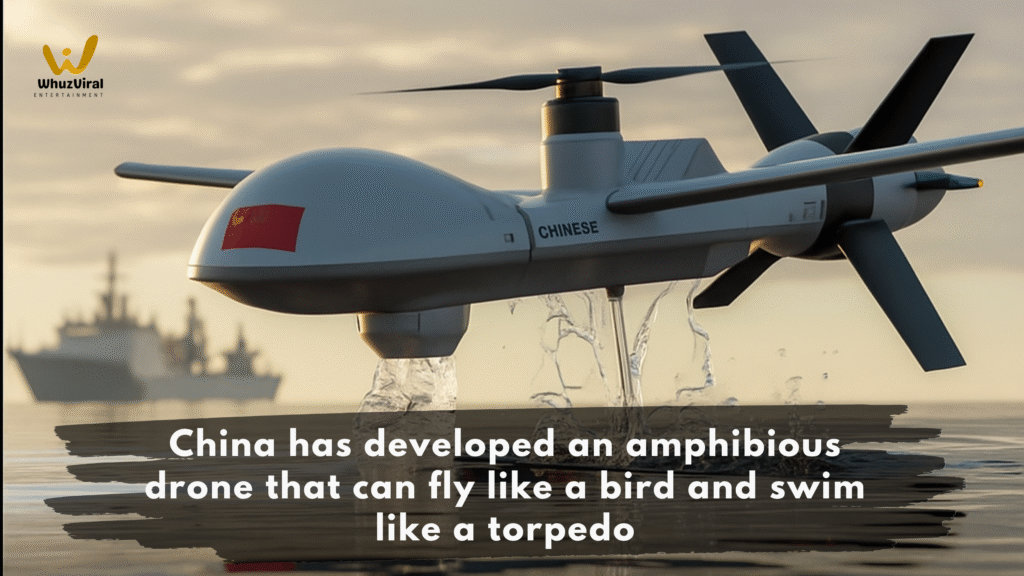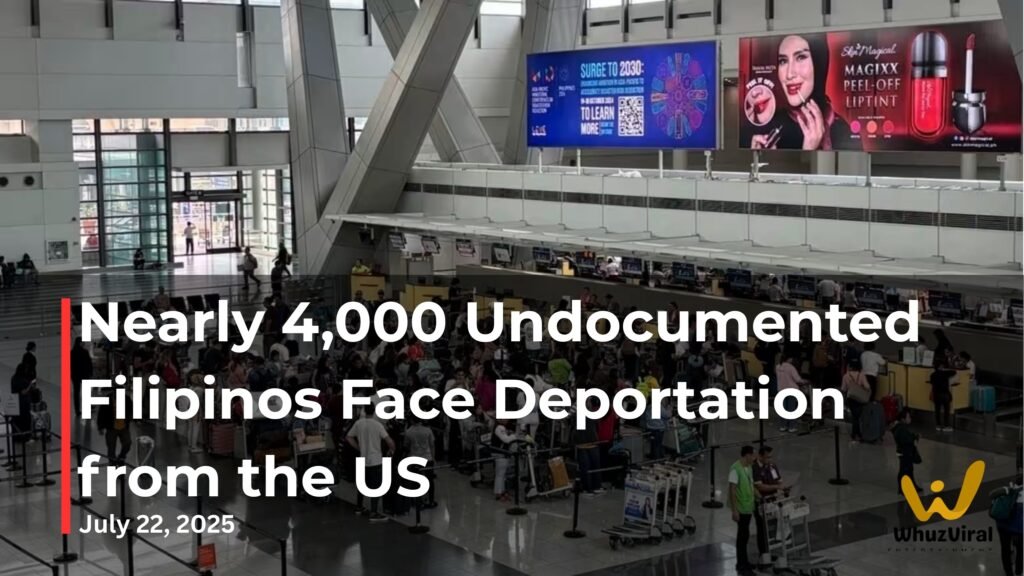During an on-site visit to Baliuag, Bulacan, President Marcos verified reports that a fully paid flood control project existed only on paper, prompting orders to blacklist the contractor and file cases against those involved.
Introduction: The Ghost Project That Shocked Bulacan
In what many Filipinos see as another glaring example of corruption, President Ferdinand “Bongbong” Marcos Jr. recently uncovered a ₱55-million ghost flood control project in Bulacan. The project, a concrete river wall in Baliuag, was reported as “completed” in official documents. Yet, upon inspection, no such structure existed.
The revelation triggered widespread outrage. Flood control infrastructure is a lifeline for Bulacan, one of the country’s most flood-prone provinces. Instead of safety, residents were left with false promises and an empty stretch of land.
This scandal raises a crucial question: How many more ghost projects are draining public funds while leaving Filipinos vulnerable?
Inspection of the Reinforced Concrete River Wall ProjectOfficial coverage of President Ferdinand R. Marcos Jr.’s inspection of the alleged “ghost” flood control project in Baliuag, Bulacan.
Posted by RTVMalacañang
Table of Contents
The Ghost Flood Control Project in Bulacan
The ₱55-million project was meant to construct a concrete river wall that would protect Baliuag from rising waters during typhoon season. On paper, the wall was already finished. On the ground, however, not even a foundation had been laid.
President Marcos’ surprise inspection revealed the truth: a project declared “completed” was nothing more than paperwork.
This type of anomaly is often called a ghost project — government-funded infrastructure that exists only in reports but not in reality. For residents who endure yearly floods, such ghost projects are more than fraud; they are a betrayal of public trust.
President Marcos’ Immediate Directives
After confirming the absence of the project, President Marcos wasted no time in issuing orders:
- Blacklist of the Contractor – The construction company behind the ghost project will be permanently banned from securing future government contracts.
- Filing of Cases – Legal charges will be filed not only against the contractor but also against government officials suspected of collusion.
The President’s stance was clear: corruption in public works, especially those tied to disaster preparedness, will not be tolerated.
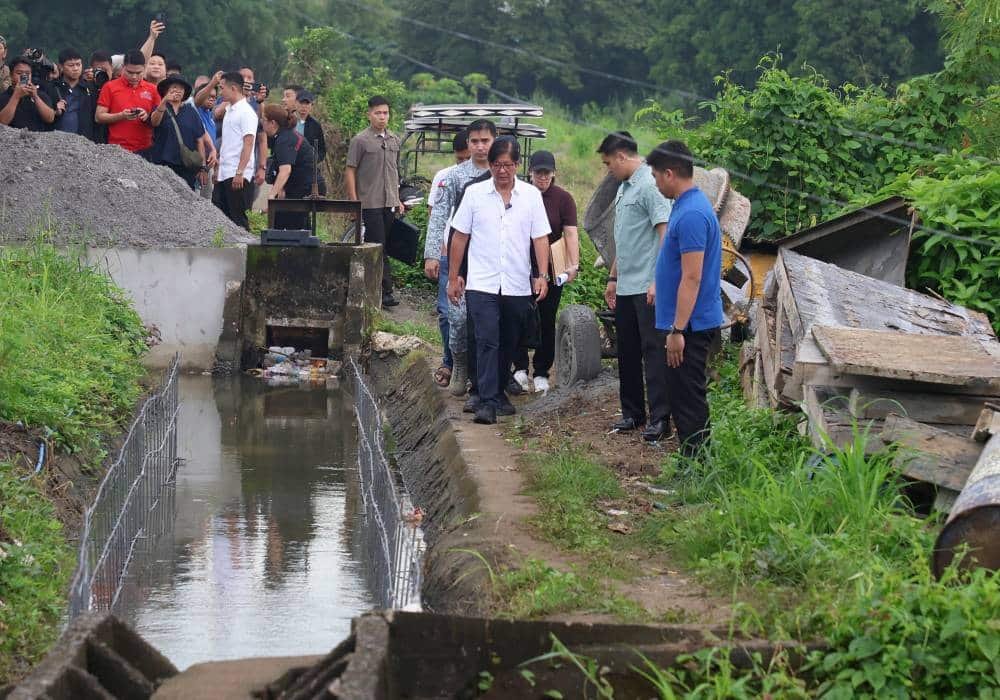
Why Bulacan Desperately Needs Flood Control
To understand the gravity of this scandal, one must look at Bulacan’s history of flooding.
- Geography: Bulacan sits in a low-lying area near major rivers and Manila Bay, making it highly prone to flooding.
- Typhoon Season: The province is regularly hit by storms that submerge towns, destroy homes, and displace families.
- Economic Impact: Floods damage rice fields, poultry farms, and industries — sectors that fuel Bulacan’s economy.
Flood control projects like river walls, drainage systems, and pumping stations are not luxuries — they are necessities for survival. Each ghost project delays much-needed protection for thousands of families.
Ghost Projects in the Philippines: A Recurring Problem
Unfortunately, the ghost flood control project in Bulacan is not the first of its kind. The Philippines has long been plagued by “ghost” or non-existent projects funded with taxpayer money.
- Roads that lead nowhere
- Classrooms that were never built
- Bridges that exist only on blueprints
These fraudulent projects have siphoned off billions from government coffers over decades.
In the early 2000s, the Commission on Audit (COA) flagged multiple ghost projects across provinces. Some were linked to “pork barrel” scams, while others involved local contractors colluding with corrupt officials.
The Bulacan case serves as a reminder that this systemic problem still exists — and Filipinos continue to pay the price.
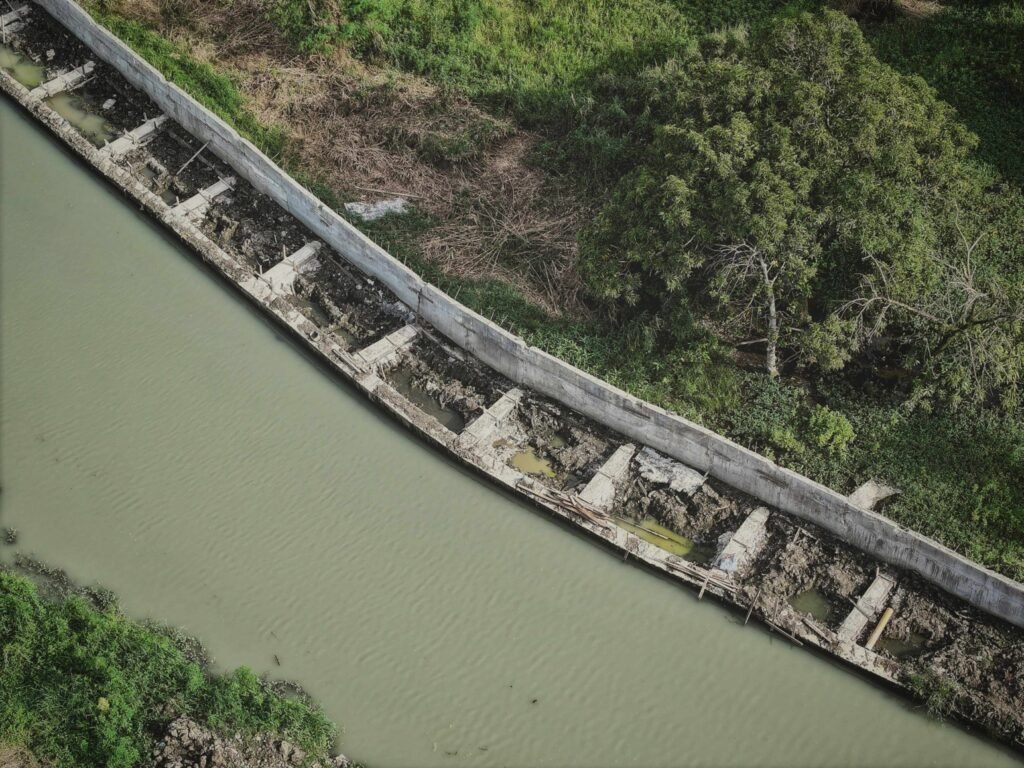
The Human Cost of Corruption
Ghost projects don’t just waste money. They have real, devastating consequences:
- Lives at Risk: Without the promised river wall, Baliuag remains exposed to flash floods that can kill, injure, or displace residents.
- Taxpayer Betrayal: Every peso stolen is a peso taken from healthcare, education, and genuine infrastructure.
- Erosion of Trust: Repeated corruption scandals weaken Filipinos’ faith in the government.
For Bulakeños, the ₱55-million ghost project is not an abstract scandal. It’s a matter of safety and survival.
President Marcos’ Anti-Corruption Stance
President Marcos has repeatedly emphasized the need for transparency and accountability in government spending. His order to blacklist contractors and prosecute guilty officials reflects his administration’s effort to send a strong message:
“There will be no room for corruption, especially in projects that protect the lives of Filipinos.”
However, critics argue that strong words are not enough. What the public needs are swift prosecutions, clear investigations, and tangible reforms to ensure such scandals don’t repeat.
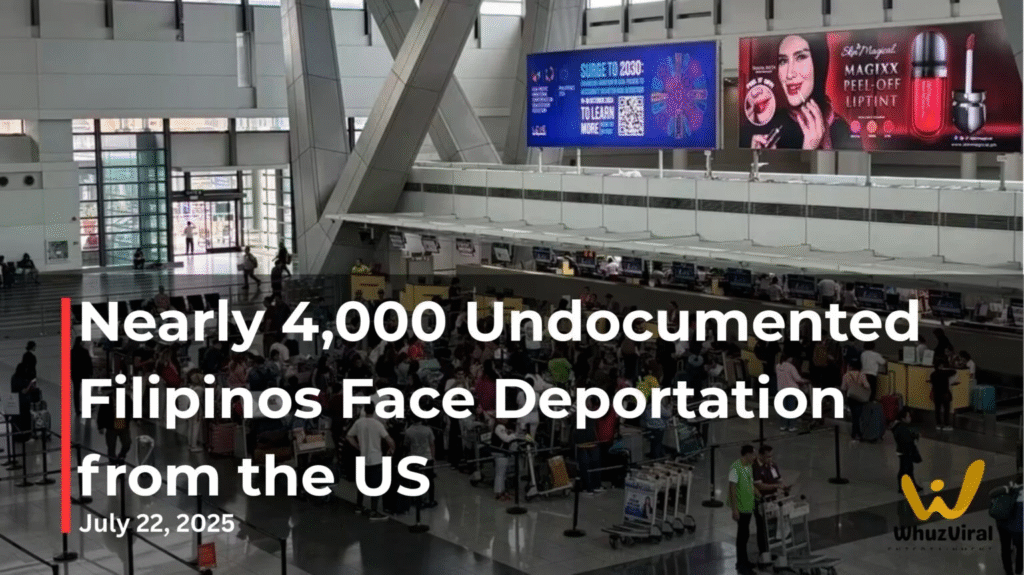
How to Prevent Another Ghost Flood Control Project in Bulacan
The scandal has renewed calls for systemic reforms in infrastructure monitoring. Experts suggest:
- Digital Transparency Platforms – Publicly accessible online dashboards showing project progress, budget allocations, and contractor details.
- Community Watchdog Programs – Involving residents in monitoring construction progress through citizen reports and mobile apps.
- Stricter Contractor Vetting – Banning repeat offenders and blacklisting shady contractors before projects are awarded.
- Independent Audits – Regular audits by the Commission on Audit and independent groups, with findings made public.
These reforms can ensure that every peso spent translates into actual infrastructure, not ghost projects.

Conclusion: A Wake-Up Call for Government Accountability
The ghost flood control project in Bulacan is a powerful reminder of the dangers of unchecked corruption. A ₱55-million project, supposedly designed to protect communities, turned out to be nothing more than empty paperwork.
President Marcos’ order to blacklist the contractor and pursue cases against involved officials is a step in the right direction. But true justice will only be served if guilty parties are held accountable and if systemic reforms prevent ghost projects from ever happening again.
For Bulacan and the rest of the Philippines, this is more than just a corruption scandal. It’s a call to action — to demand transparency, protect taxpayer money, and ensure that no Filipino community is left vulnerable because of fraud and negligence.
The fight against ghost projects is ultimately a fight for safety, justice, and trust in government.
The ICC’s Charges Against Rodrigo Duterte
Introduction: When Domestic Power Meets International Justice On a humid September morning in 2025, news…
A Father’s Burden: Turning in His Own Son, Tyler Robinson, in Charlie Kirk Case
Nine days ago, lives changed forever on the campus of Utah Valley University. A public…
Groundbreaking “Third Nostril Surgery” Saves 19-Year-Old from Deadly Spinal Tumor
When medical experts call something “inoperable,” most patients feel their hope collapsing. Yet, medical history…
🚨 Ghost Flood Control Project in Bulacan: Marcos Orders Blacklist and Legal Action Against Contractor
Video: President Ferdinand “Bongbong” Marcos Jr. inspects the alleged ₱55-million “ghost” reinforced concrete river wall…
China Drone That Flies and Swims: 7 Stunning Facts About the Shape-Shifting SeaDuck
In a coastal testing facility near Shandong, China, a team of engineers has achieved what…
Nearly 4,000 Undocumented Filipinos Face Deportation from the US: A Wake-Up Call for OFWs
🧭 Introduction: Why This Matters to Every OFW As an OFW currently teaching English in…

